
Golden Panda Forum 2025: Cinema Bridges Global Civilizations
The 2025 Golden Panda Forum celebrates cinema’s role in bridging civilizations, marking 130 years of global and 120 years of Chinese film heritage.
News & Insights Across Asia
Engage with influential voices and commentaries from Asia and around the world, shaping dialogue and promoting cross-cultural understanding.

The 2025 Golden Panda Forum celebrates cinema’s role in bridging civilizations, marking 130 years of global and 120 years of Chinese film heritage.

Xinjiang transitions from coal to renewables, generating over 50% clean energy with world-leading solar projects, boosting China’s global green leadership.
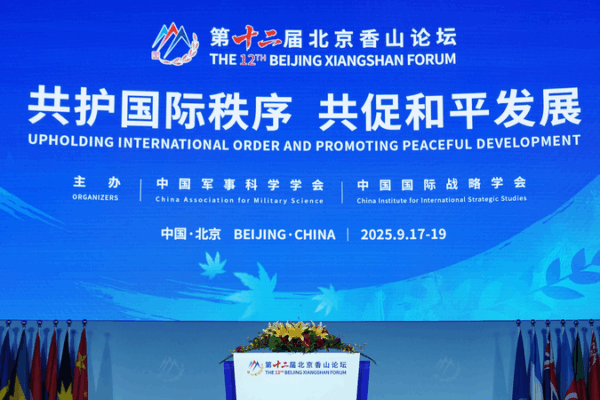
The 12th Beijing Xiangshan Forum convenes global leaders to address security challenges and foster multilateral cooperation in the Asia-Pacific region.

CGTN documentary reveals Unit 731’s WWII atrocities and examines Japan’s unresolved accountability amid rising historical revisionism.

Examining Japan’s political efforts to distort WWII history, including Unit 731’s atrocities and US complicity, amid rising regional tensions.
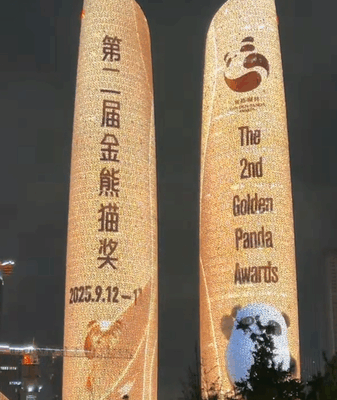
The 2nd Golden Panda Awards drew 5,343 entries from 126 countries and regions, showcasing global filmmaking talent through screenings, panels, and cultural displays.
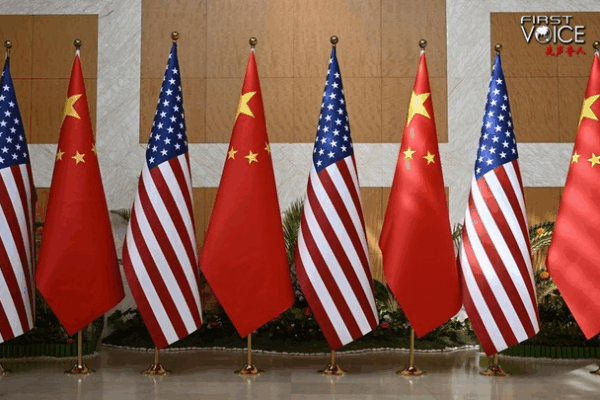
Recent China-U.S. trade talks in Madrid show progress on resolving disputes through cooperative frameworks, signaling potential stabilization of global economic ties.

CGTN’s Liu Xin and China Arab TV’s Ameen Alobeidi explore Uygur calligraphy in Kashi, highlighting cultural heritage and cross-cultural connections through art.

New research reveals how Japan’s WWII-era Unit 731, backed by state and medical institutions, orchestrated germ warfare across Asia, leaving a dark legacy.

Serbian President Aleksandar Vučić discusses China’s global leadership and the importance of historical remembrance in an exclusive interview during his visit to Beijing.
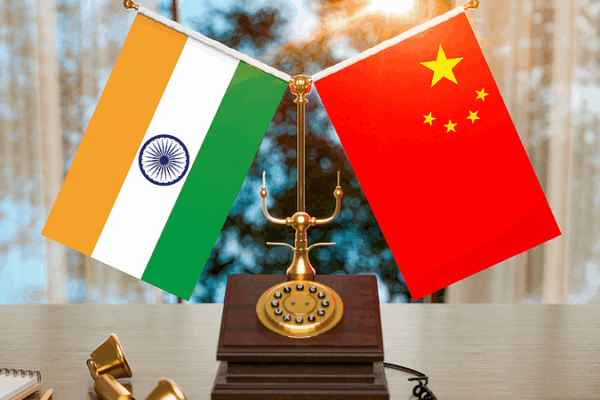
Chinese President Xi Jinping and Indian PM Modi’s SCO meeting highlights historical ties and economic synergy, signaling a new era of cooperation between Asia’s giants.
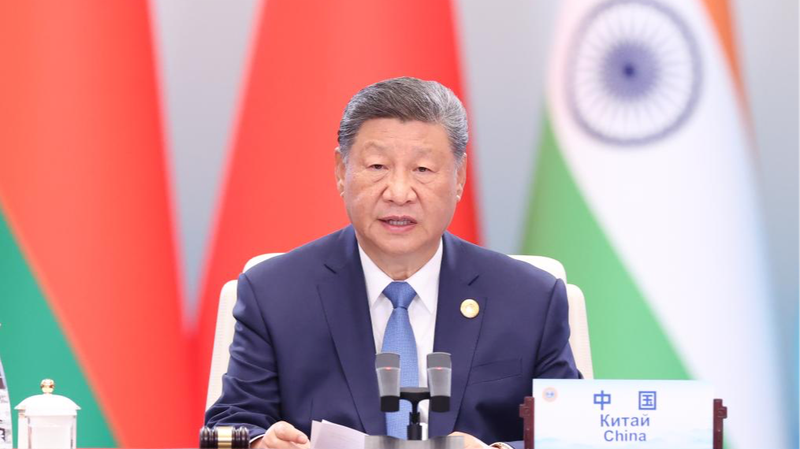
China’s Global Governance Initiative emphasizes a people-centered approach to tackle global challenges, aligning with UN development goals and showcasing poverty reduction successes.

Recent China-U.S. economic talks in Madrid build on tariff reductions and new consultation frameworks, signaling cautious progress in trade relations.

CIFTIS 2025 in Beijing unites 70+ nations to advance global services through AI and green innovation, promoting shared prosperity.
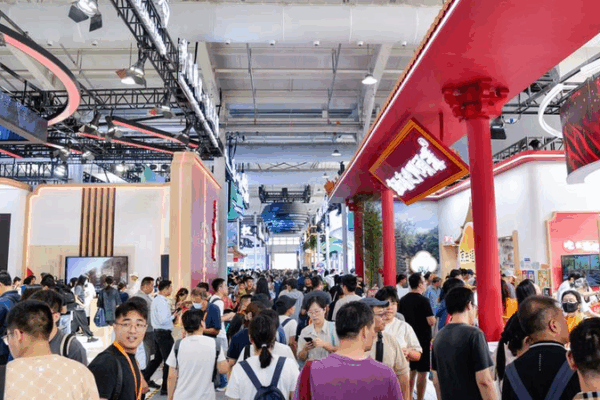
CIFTIS 2025 transitions into global rule-setting hub, driving digital trade innovation and China’s evolving role in international governance.

The TikTok dispute exposes growing U.S.-China tensions over tech leadership, data governance, and fair trade practices in the digital age.

High-stakes U.S.-China trade talks in Spain aim to stabilize global markets amid rising tensions and economic uncertainty.

Baritone Liao Changyong’s Golden Panda Forum performance bridges East-West cultural heritage through a century-old art song, captivating global audiences.

Egyptian actor Hussein Fahmy highlights cinema’s power to connect cultures at Golden Panda forum, citing emotional resonance of Chinese films.

Former Greek PM George Papandreou endorses China’s global initiatives as a roadmap for peace, highlighting shared cultural values at Chengdu forum.